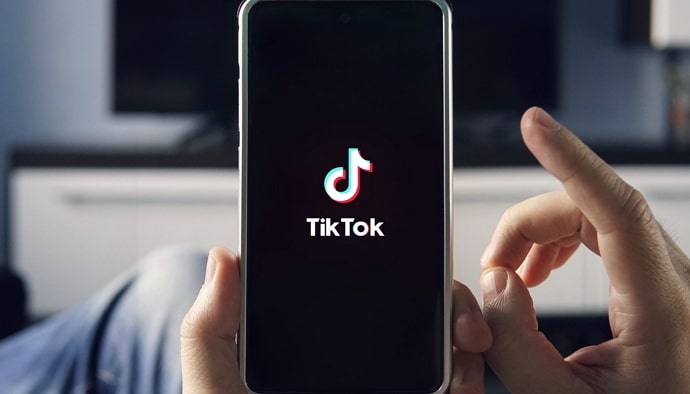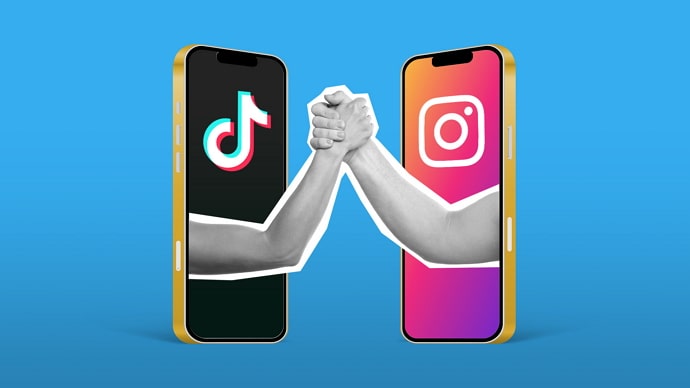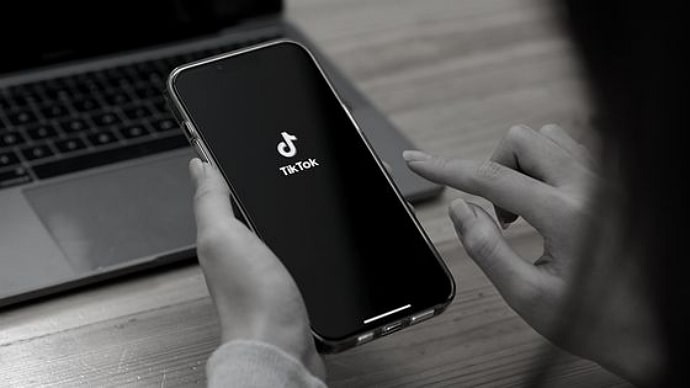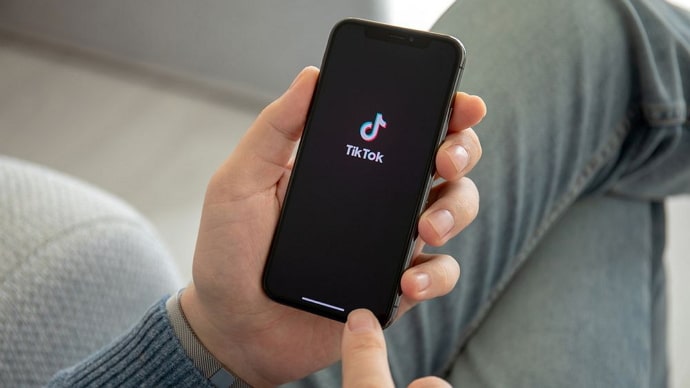In the ever-evolving digital landscape, social media platforms like TikTok have become an integral part of our daily lives. As users engage with these platforms, concerns about privacy and data security have come to the forefront.

Recently, there has been a surge in interest surrounding tools claiming to be TikTok Account Information Finders, promising to unveil the identity of TikTok users. However, it is crucial to approach such tools with caution and consider the ethical implications associated with the use of such services.
In this article, we will understand how to use TikTok account information finder in an ethical and legal way. Let’s get started!
TikTok Account Information Finder – Find Identity of TikTok User
TikTok, the short-form video sharing platform, has exploded in popularity, captivating users with its endless stream of creative content. But what happens when curiosity piques and you want to know more about a specific user beyond their public profile?
Fear not, for there are ways to delve deeper and uncover the secrets behind the username. This article delves into the world of TikTok account information finders and explores effective methods for identifying users behind the digital veil.
TikTok Account Information Finders are tools or services that claim to provide personal information about TikTok users, going beyond the publicly available content on the platform.
Let’s discuss some methods for identifying TikTok users.
Reverse Image Search
This method utilizes image recognition technology to identify individuals based on their profile picture or other images posted on their account. Tools like Google Images, TinEye, or Yandex Images can be used for this purpose.
Benefits: Simple and accessible for basic identification.
Limitations: Accuracy depends on image quality and the presence of unique features. It may not provide comprehensive information.
Social Media Cross-Referencing
Many individuals maintain a presence across different social media platforms. By analyzing usernames, profile details, and content across various platforms, you can establish connections and potentially identify the user.
Benefits: Can reveal valuable information about the user’s interests, affiliations, and online activity.
Limitations: Time-consuming and requires careful analysis. It may not be successful if the user maintains separate identities across platforms.
Website and Blog Links
Some TikTok users include links to their personal websites, blogs, or other online portfolios in their bio or captions. These links can offer additional clues about the user’s identity and background.
Benefits: Provides direct access to information curated by the user themselves. Limitations: Not all users link to their personal pages, and the information provided may be limited.
Third-Party Tools and Services
Several online tools and services claim to help identify TikTok users. These tools often utilize various methods, such as username analysis, social media cross-referencing, and data scraping.
Benefits: Can provide quick results and access to a wider range of data points.
Limitations: Many tools are unreliable or inaccurate. Be wary of scams and services that require payment without guaranteeing results.
Direct Communication
If a genuine need exists to connect with the user, consider sending a direct message on TikTok or another platform they use. Explain your purpose clearly and respectfully, and respect their decision to respond or not.
Benefits: Allows for direct communication and potential resolution of the underlying issue.
Limitations: Users may not respond or may be hesitant to disclose their identity.
Motivations for Unveiling User Identities
Several motivations drive the need to identify TikTok users; let’s discuss them in this section.
Safety and Security
In instances of harassment, bullying, or potential threats, knowing the user’s identity can be crucial for reporting and taking appropriate action.
Investigation and Research
Journalists, researchers, and brands may require user identification for gathering data, conducting investigations, or verifying information.
Personal Interest
From uncovering the identity of a captivating creator to connecting with individuals with shared interests, user identification can satisfy personal curiosity.
Ethical Considerations
Tools such as this one often boast the ability to reveal a user’s identity, contact details, or other private information. It is imperative to recognize that the use of such tools raises significant ethical concerns and may violate the privacy rights of individuals.
Privacy Rights
The right to privacy is a fundamental human right, and any tool or service that seeks to expose personal information without explicit consent infringes upon this right. Users have a reasonable expectation that the information they share on social media platforms remains within the boundaries of the platform itself.
Consent and Transparency
Ethical practices demand that any information collection or sharing be conducted with the explicit consent of the individual involved. TikTok Account Information Finders often operate in a clandestine manner, bypassing consent and transparency, leading to potential misuse of personal data.
Potential for Harm
The unauthorized revelation of personal information can have severe consequences, including harassment, stalking, or identity theft. Ethical behavior in the digital realm requires individuals to consider the potential harm that may arise from the use of such tools.
Legal Implications
Engaging in activities that compromise the privacy of individuals may have legal consequences. Laws and regulations exist to protect individuals from unauthorized data collection and disclosure. Users and developers alike should be aware of and respect these legal boundaries.
While the allure of discovering more about TikTok users may be enticing, it is crucial to approach the use of TikTok Account Information Finders with a strong sense of ethics and responsibility. Respect for privacy, obtaining informed consent, and adherence to legal standards must guide our actions in the digital space.
As technology continues to advance, it is our collective responsibility to ensure that ethical considerations remain at the forefront, safeguarding the well-being and privacy of individuals in the online world.
Effective Strategies for Maximizing Results
Here are some strategies for increasing your chances of getting the desired results.
Combine Multiple Methods
Employ a combination of the aforementioned methods to increase the likelihood of success.
Utilize Online Resources
Leverage online forums, communities, and specialized websites dedicated to TikTok user identification.
Stay Updated
Information and resources regarding user identification are constantly evolving. Stay informed about the latest tools and techniques.
Be patient
Uncovering user identities may require time and effort. Don’t be discouraged by initial setbacks.
While identifying TikTok users can be complex, a combination of ethical considerations, well-chosen methods, and effective strategies can lead to successful identification. Remember to prioritize ethical conduct, respect user privacy, and employ responsible methods to uncover the information you seek.
As you navigate the digital landscape, be mindful of your intentions and uphold ethical standards in your quest to unveil the enigma behind the username.
To Sum it Up
Well, that brings us to the end of this blog. Let’s quickly go through everything we have learned today to sum it up. We began our discussion by talking about TikTok as a popular platform for creating content.
Also Read:





 Bitcoin
Bitcoin  Ethereum
Ethereum  XRP
XRP  Tether
Tether  Solana
Solana  USDC
USDC  Dogecoin
Dogecoin  TRON
TRON  Lido Staked Ether
Lido Staked Ether